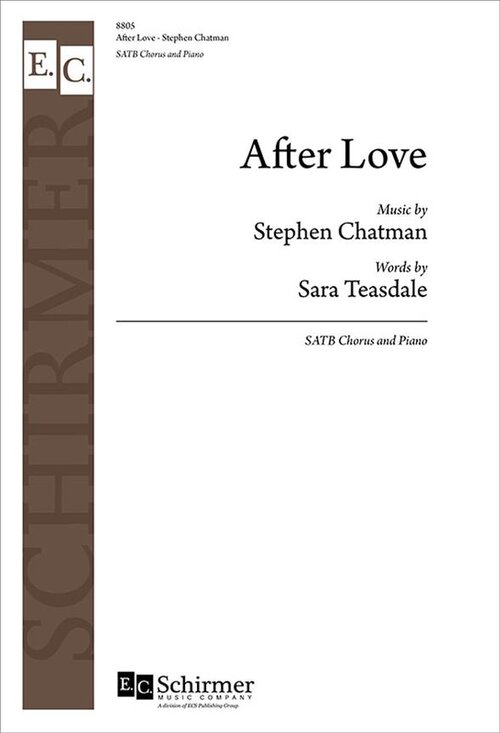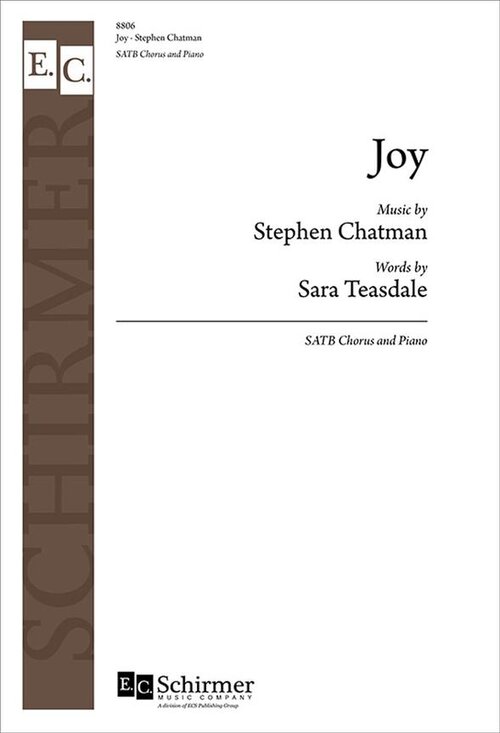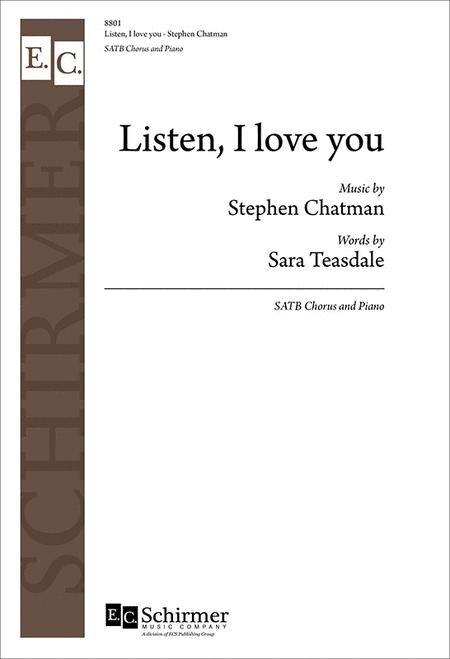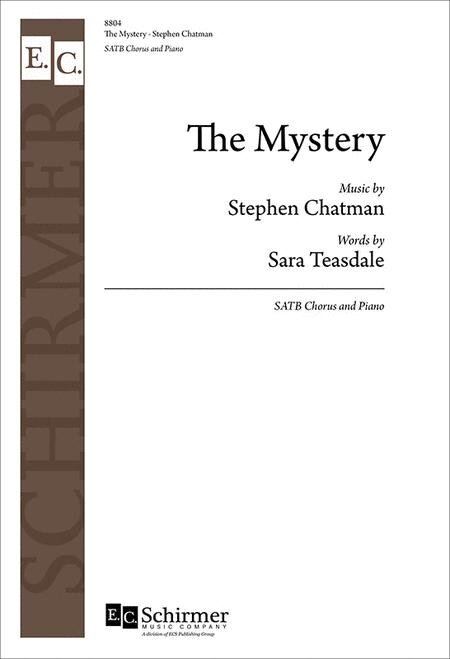Author: Fisher, Alexander
Publication details: A Companion to Late Medieval and Early Modern Augsburg, edited by B. Ann Tlusty and Mark Häberlein, 553–74. Leiden: Brill, 2020.
Weblink: https://go.exlibris.link/cDs6Gvvz
Author: Fisher, Alexander
Publication details: A Companion to Late Medieval and Early Modern Augsburg, edited by B. Ann Tlusty and Mark Häberlein, 553–74. Leiden: Brill, 2020.
Weblink: https://go.exlibris.link/cDs6Gvvz
Author: Dylan Robinson
Publication details: Hungry Listening
Resonant Theory for Indigenous Sound Studies
Weblink: https://upress.umn.edu
From publisher: Reimagining how we understand and write about the Indigenous listening experience
Hungry Listening is the first book to consider listening from both Indigenous and settler colonial perspectives, presenting case studies on Indigenous participation in classical music, musicals, and popular music. A critical response to what has been called the “whiteness of sound studies,” Dylan Robinson evaluates how decolonial practices of listening emerge from increasing awareness of our listening positionality.
Author: Roeder, John
Publication details: Thought and Play in Musical Rhythm, edited by Richard Wolf, Stephen Blum, and Christopher Hasty, 55-74. New York: Oxford University Press, 2020.
Weblink: https://www.oxfordscholarship.com
Abstract: Recent theories of meter have been enriched by consideration of the time cycles and nonisochronous beats found in many musical cultures. However, these theories do not apply to music in which pulse is irregular. In many instances of this sort of “free rhythm” found throughout the world, durations can still be measured, but in relation to immediately preceding durations rather than to a persistent metric grid. Christopher Hasty’s theory of durational projection addresses just this situation. This chapter applies it in analyses of a Persian āvāz, a flute solo from Papua New Guinea, and an ālāp performed by sitarist Budhaditya Mukherjee. The guiding question is not whether there “is” meter or what that meter “is,” but how durational projections guide perception of process, pitch structure, and form, and so can be incorporated into coherent narrative that attributes purpose to the specific free rhythms in extended passages of music.
Author: Roeder, John
Publication details: Perspectives of New Music Vol. 57, No. 1-2, Perspectives on and around John Rahn (Winter/Summer 2019), pp. 375-402
Weblink: https://www.jstor.org/
Author: Vellutini, Claudio
Publication details: “Interpreting Italian Singing in London (and Elsewhere).” In London Voices, 1820-1840, edited by Roger Parker and Susan Rutherford, 51–69. Chicago and London: The University of Chicago Press, 2019.
Weblink: https://www.press.uchicago.edu
Abstract: An enduring and ever-changing trope, the notion of the “Italian voice” became a contentious subject in the opera discourse across Europe during the first half of the nineteenth century. While the dissemination of national ideas increasingly challenged the still ubiquitous presence of Italian singers, Italian vocal pedagogy was institutionalized in conservatories often with the overt intent of cultivating “native” professionals. Yet the extent to which vocal aesthetics of different national pedigrees could be reconciled in the operatic practice of the time remained a major point of debate. In this paper, I focus on how in London in particular discussions of the Italian voice often departed from close examinations of Italian singers of the time. I argue, rather, that they intersected with and informed opinions about how the development of a high-brow kind of English opera should be modeled upon the essentially lyrical nature of Italian opera. By drawing on a number of printed materials on vocal aesthetics, pedagogy, and opera genres, I aim to trace some of the ways in which the construction of the idea of the Italian voice in London participated in a rather fluid discourse that acknowledged the permeability of national and foreign cultures rather than treating them as mutually exclusive.

Composer: Stephen Chatman
Text author: Sara Teasdale
Publisher: E.C. Schirmer Music Co.
Abstract: In Sara Teasdale’s poem After Love, the opening line “There is no magic any more” establishes the theme of vanishing love. This setting of the poignant text, in the dark key of D-flat major, emphasizes the natural rhythm of the words, mixed meters, and irregular phrase lengths. The climax of the melody embraces sustained, intense vocal lines in contrary motion supported by an undulating piano accompaniment. One of a set of six of Teasdale’s love songs.

Composer: Stephen Chatman
Text author: Sara Teasdale
Publisher: E.C. Schirmer Music Co.
Abstract: This piece is a fast, joyous outburst with the initial lines “I am wild, I will sing to the trees” setting the jubilant tone. The perpetual motion of the syllabic stepwise vocal lines is punctuated by staccato chords and, eventually, high arpeggio figures in the accompaniment. The song reaches a rousing climax on the optimistic line, “Now at last I can live!” One of a set of six of Teasdale’s love songs.

Composer: Stephen Chatman
Text author: Sara Teasdale
Publisher: E.C. Schirmer Music Co.
Abstract: The opening lines, “Listen, I love you. Do not turn your face / Nor touch me” reflect the somber feelings encompassing Sara Teasdale’s poem. Paired voices initially express contrapuntal melodic lines enhanced by underlying harmony and slow syncopation in the piano accompaniment. The middle and final sections, imbued with sad words such as “let me ease my heart,” “with broken wing” and “forget that I am speaking” evolve beautifully within contrasting tonal regions supported by undulating keyboard arpeggios. One of a set of six of Teasdale’s love songs.

Composer: Stephen Chatman
Text author: Sara Teasdale
Publisher: E.C. Schirmer Music Co.
Abstract: This setting of Sara Teasdale’s whimsical poem pertaining to a brown-thrush, love, and kisses emulates the meaning, strict rhythm, rhyme, and strophic structure of the text. The soft rolled chords of the harp-like piano accompaniment highlight the lilting 6/8-meter, folk-like melody, and consistent homophonic choral texture. The repetitive lines “Love me, love me, love me!” and “kiss me, kiss me, kiss me!” inspire the musical refrains. One of a set of six of Teasdale’s love songs.

Composer: Stephen Chatman
Text author: Sara Teasdale
Publisher: E.C. Schirmer Music Co.
Abstract: This expressive setting of Sara Teadale’s poem The Mystery, which depicts deep lasting love, begins with a unison melody, supported by modulating harmonies in the piano accompaniment, and evolves toward four-part voices. The middle section, featuring rising vocal lines in imitative counterpoint, precedes a return to the initial melody. One of a set of six of Teasdale’s love songs.